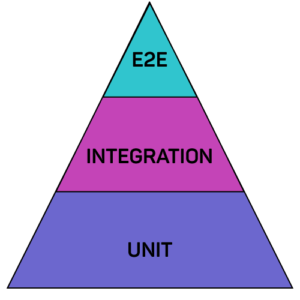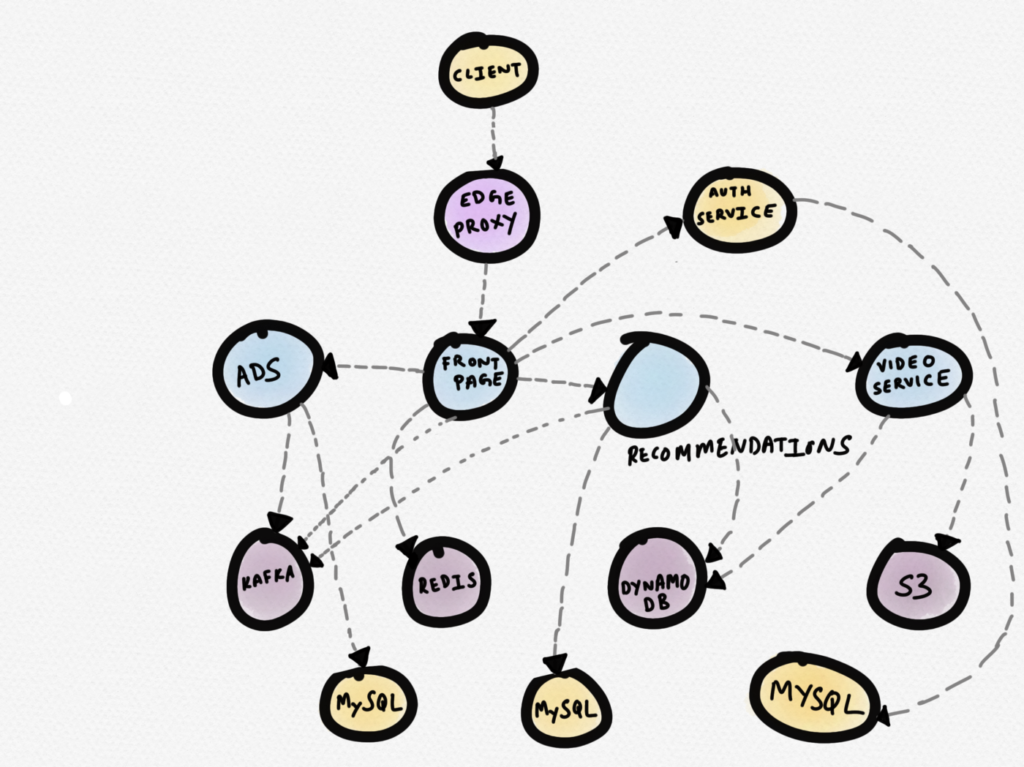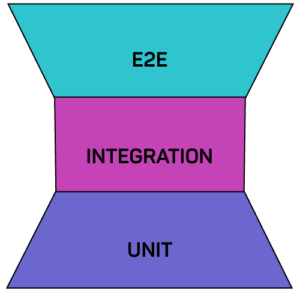Empower your developers and users to integrate and deploy your APIs as swiftly as possible, with API documentation.
The Importance of API Documentation
If you are serious about developing cutting edge APIs, you need to take your API documentation seriously. Just developing a cutting edge software application is not enough. You need to be able to communicate the benefits of your API; what it does, how it works and how to use it, and this must be done in a clear and effective manner. Documentation has a direct impact on the adoption, usage and success of your API. Documentation is an area where many developers and organisations struggle. In fact, many organisations actually find it much easier to develop complex code, than to create useful documentation to support their APIs.
What is API Documentation?
API documentation is an technical document, that contains clear instructions on how to effectively use and integrate with an API. It is a reference manual, containing all the information required to work with the API. When a user refers to the documentation, it should effectively communicate; how the API works, what it does and how to use it. However, traditionally organizations and developers allocated little to no time or resources for the creation of supporting documentation. In fact, it is often seen as an afterthought. The document should contain at least the following: Quick Start Guide, Examples, Functions, Parameters, Classes, Return types, Error Messages, Arguments and Formatting. In essence, it is a blueprint for creating an API.
Who uses API Documentation?
Your API documentation is an important reference, for internal & external developers. When creating API documentation you need to think of the audience. The documentation will be consumed largely by developers, who think analytically, are precise and are actively trying to solve a complex problem with your API. They are also time poor and working to a strict deadline.
What are Disadvantages of Inadequate API Documentation?
Failure to allocate adequate time and resources to the documentation of your API development will have severe consequences. Imagine the anarchy of trying to build a skyscraper, with a team of construction workers, without a detailed set of blueprints. The lack of adequate API documentation, has resulted in major problems such as: increased cost of development and user frustration. For example, if a key member of a development team leaves, the remaining team members should not be spending precious time trying to figure out how the API functions and how to use it. Lack of documentation, also increases the amount of time spent onboarding new team members, and results in users becoming frustrated and confused with your API. It is important to remember that if users find your API complicated and confusing they will look elsewhere for an alternative!
What are the Advantages of API Documentation?
API documentation will empower your developers and users to understand precisely how to use, test and deploy your API fast and effectively. The goal of your documentation is to answer questions about your API clearly and precisely. It should enable teams to collaborate effectively when building API definitions, creating standards and reusing assets. Adequate documentation is the foundation for a good developer experience. It should communicate to the user, in a fast and effective manner. It is essential in reducing the learning curve for developers and enables them to build to a set of guidelines, improve team performance, while also reducing inaccuracies, delays and budget overruns.
What are the Tools Available for API Documentation?
Documentation has traditionally been written using regular content creation, maintenance tools and text editors. These methods are not effective or fit for purpose in today’s fast paced and competitive development environment. At SmartBear, we have been leading the way in creating innovative and industry leading tools to empower developers to create and share effective and impactive API documentation. SwaggerHub (https://swagger.io/tools/swaggerhub/)
SwaggerHub is our design and documentation platform which supports working with the OpenAPI specification at scale. SwaggerHub allows teams and organizations to collaborate on building API definitions, create standards and reusable assets to speed up the time it takes to define a new API and seamlessly integrate those definitions as part of a larger process.
SwaggerHub (https://swagger.io/tools/swaggerhub/) acts as a single source of truth for multiple teams across development, testing and operations. Regardless of how an API definition is being used – to write code against, validate an existing service or configure something like an API gateway – having a single location that any of these teams will have to look back on saves time, energy, and unnecessary confusion.
Developer Need API Documentation for Success
In closing, it is important to remember that development teams, need to create detailed API documentation to support their APIs. API documentation enables developers and users, to share, integrate and deploy APIs as swiftly as possible. For more information please visit www.SmartBear.com (Link: https://smartbear.com/)
———————————————-

Patrick is a marketing specialist at SmartBear, with experience in online services and ecommerce. SmartBear empowers developers and testers to create quality software by using innovative tools to build, test and monitor APIs. Over 6 million software professionals, and thousands of companies across the globe are using SmartBear tools to build, test, virtualize and monitor their software applications.

















